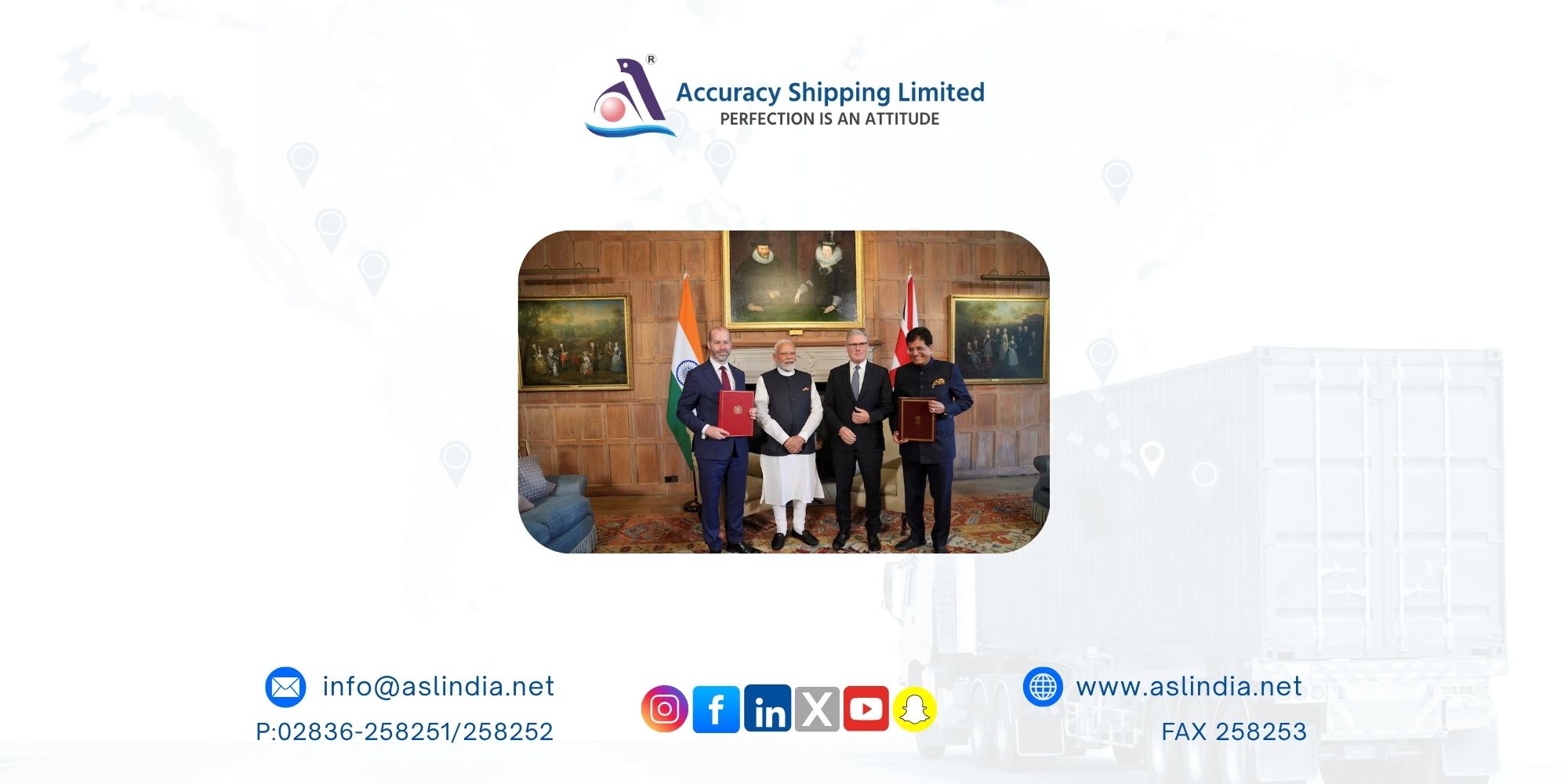Britain and India sign free trade pact during Modi visit

In a significant step toward strengthening bilateral economic ties, Britain and India have signed a landmark free trade agreement during Indian Prime Minister Narendra Modi's recent visit to the UK. The deal, finalized at British Prime Minister Keir Starmer’s Chequers residence on July 24, marks Britain’s most substantial trade pact since exiting the European Union in 2020 and represents India’s most strategic partnership with a developed economy.
A New Era in Bilateral Trade
The long-anticipated agreement comes after three years of intermittent negotiations, finally concluded in May 2025. The deal aims to boost bilateral trade by £25.5 billion ($34 billion) by 2040, enabling tariff reductions and improved market access for both sides. It comes in the wake of increased global trade tensions and aims to promote openness and cooperation in a world leaning toward protectionism.
Key Benefits and Tariff Cuts
One of the most notable benefits lies in the mutual tariff reductions:
Scotch whisky tariffs will be reduced from 150% to 75% immediately and further to 40% over the next decade.
Brandy and rum duties will be lowered from existing rates to 110% initially and eventually 75%.
Car imports into India will see duties fall to 10% within five years under a liberalized quota system.
Meanwhile, Indian textile, jewellery, and seafood exports will enjoy greater access to UK markets, with 99% of Indian exports to Britain receiving zero duties.
UK companies will also benefit from a reduction in 90% of tariff lines, with average tariffs dropping from 15% to 3%.
Major firms such as Diageo, BMW, Nissan, Aston Martin, and Jaguar Land Rover are poised to gain significantly from the deal.
Broader Strategic Cooperation
Beyond tariffs, the agreement includes collaboration in defence, climate action, crime prevention, and clean energy project procurement. The two leaders also agreed to exempt temporary business visitors from dual social security contributions, easing the way for professionals working across both nations.
However, visas are not covered under this agreement, and India did not secure an exemption from the UK’s upcoming Carbon Border Adjustment Mechanism, which could impose higher duties on high-emission imports starting in 2027.
Economic and Political Impact
While the trade pact will raise Britain’s economic output by £4.8 billion annually by 2040, this figure remains modest in comparison to the UK’s £2.6 trillion GDP. Still, both nations have hailed the deal as historic.
“This is a blueprint for shared prosperity,” said Prime Minister Modi, adding that Indian businesses will now find it easier to export goods to the UK. Prime Minister Starmer echoed this optimism, stating the deal “makes trade cheaper, quicker, and easier in a new global era for trade.”
Commerce Minister Piyush Goyal emphasized the collaborative spirit of the negotiations, noting that contentious issues were set aside to allow the agreement to progress. While a bilateral investment treaty remains pending, the current deal showcases India’s readiness for further engagement with developed markets like the EU and the U.S.
A Signal to the World
The UK’s Confederation of British Industry described the agreement as a “powerful signal” at a time when many economies are turning inward. The deal not only bolsters economic ties between Britain and India but also positions India as a serious global negotiator, potentially laying the groundwork for future trade deals with other regions.
As the agreement awaits formal ratification expected within a year it stands as a testament to diplomatic pragmatism, economic ambition, and a shared vision for global trade in the post-Brexit era.







